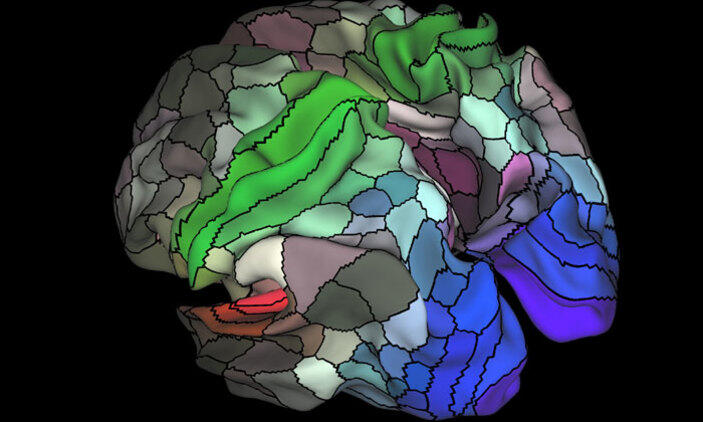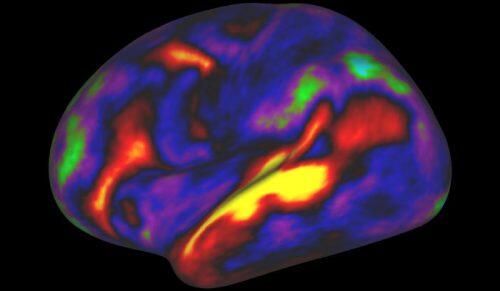For years, doctors have had reliable charts of the body and its organs — blood circulation, digestive system, nerves and the like — but always with one frustrating grey zone: the brain.
On Wednesday, a team of neuroscientists, computer specialists and engineers said they had compiled what “could be the most accurate map yet” of the mysterious expanse between our ears.
In the process, they discovered nearly 100 previously unreported regions of the organ’s wrinkly outer layer — called the cerebral cortex or grey matter.
“These new insights and tools should help to explain how our cortex evolved and the roles of its specialised areas in health and disease,” said Bruce Cuthbert of the US-based National Institutes of Health, which co-funded the research, published in the journal Nature.
One day, it may enable “unprecedented precision in brain surgery,” he added.
For more than a century, initially using nothing but conjecture, people have sought to delineate the different brain areas and their function.
In the 1800s, so-called “phrenologists” divided the organ into sections controlling certain senses and character traits.
The region responsible for “destructiveness”, for example, hovered somewhere over the ear, with “parental love” at the back of the head, and “hope” located in the crown.
This now defunct branch died out as dissection and other methods of scientific examination gained ground.
Like astronomy
In 1909, German Neurologist Korbinian Brodmann published perhaps the best known brain map, based on the discovery that different regions were made up of different cell types.
The pattern of brain activation (red, yellow) and deactivation (blue, green) in the left hemisphere when listening to stories while in the MRI scanner. (AFP/Nature)
rodmann’s map, which divided the cerebral cortex into a few dozen areas, is still in use today.
It has been known for a while now, roughly, which regions control voluntary muscle movement, language, vision, sound, and aspects of personality, for example.
Yet scientists still disagree on how many brain regions there are — even more so on what each of them do.
Before the new map, there were 83 known areas in each half of the brain — a number now boosted to 180, said the research team.
This was made possible by combining data from different imaging methods used to study the brains of 210 adults.
The researchers then tested their new software on a new group of another 210 adults, and found it could accurately identify the mapped regions in their brains too, even in spite of individual variability.
“The situation is analogous to astronomy where ground-based telescopes produced relatively blurry images of the sky before the advent of adaptive optics and space telescopes,” said study author Matthew Glasser from the Washington University Medical School in Missouri.
Source: AFP













